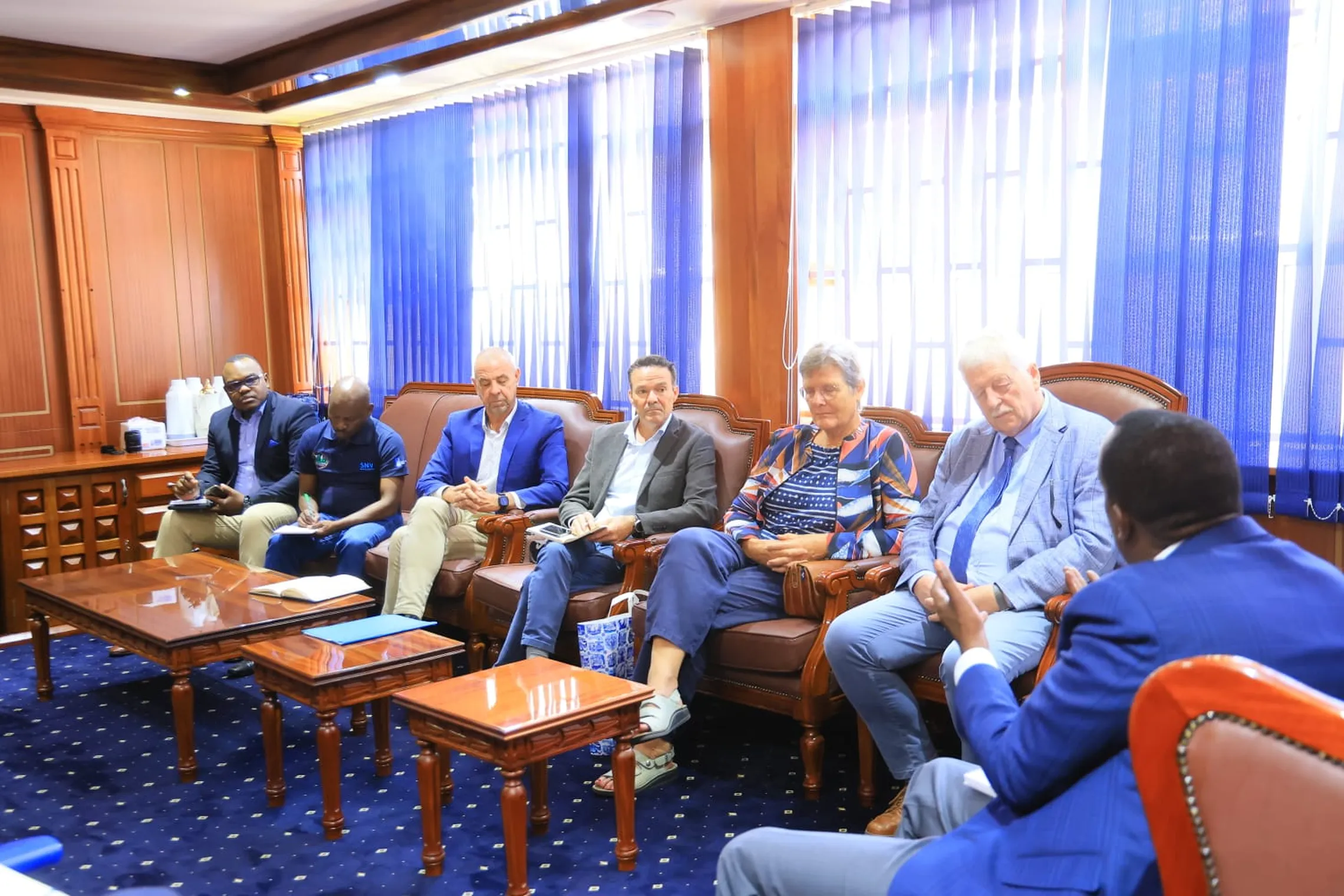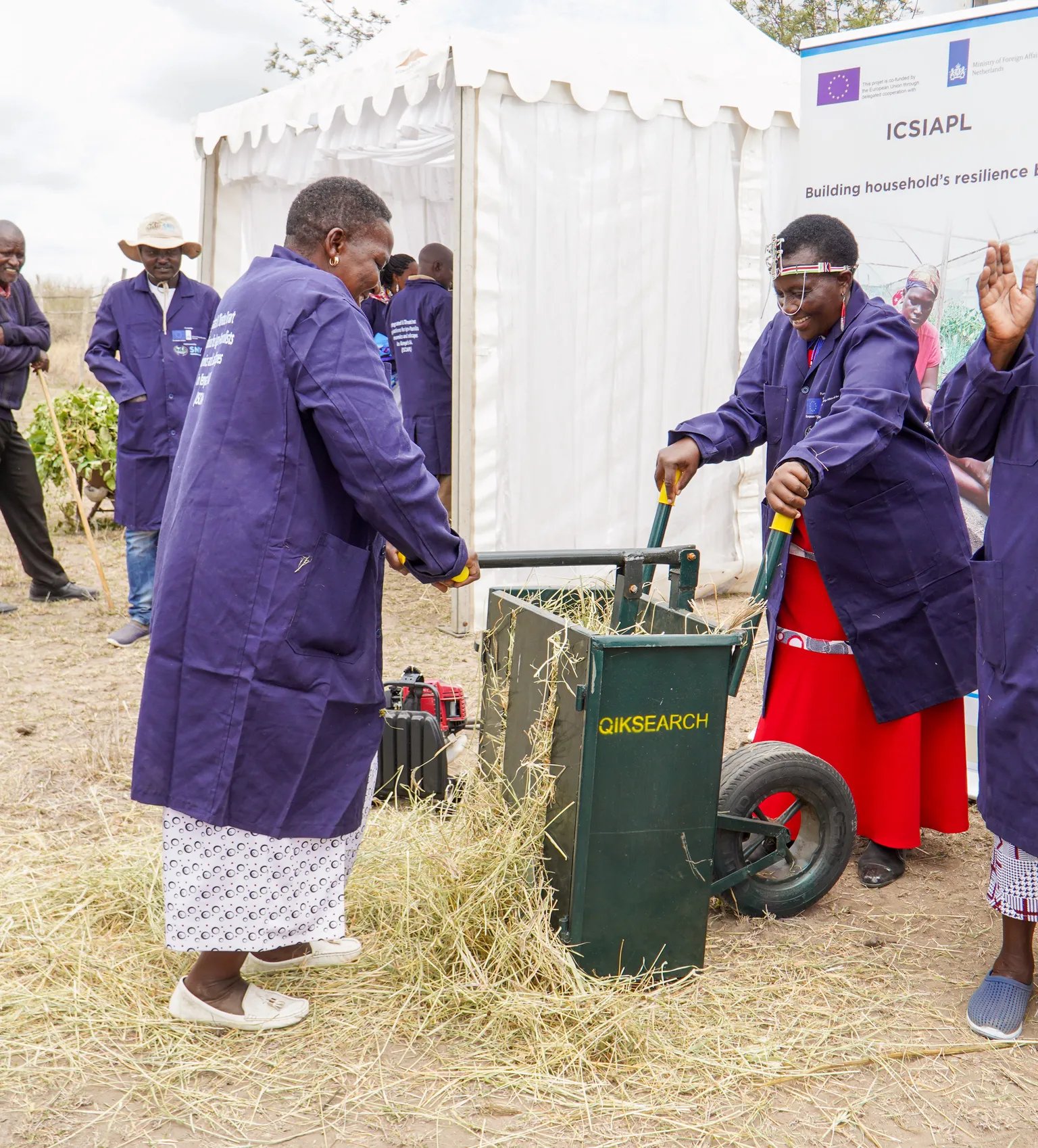Why feed strategies are crucial to building resilience in Agro-pastoralist communities
Feeding strategies are a sustainable solution to addressing the challenge of feed deficit, improving livestock productivity, and enhancing household income.

In Kenya's arid and semi-arid lands (ASALs), the livelihoods of agro-pastoralist communities fully rely on a consistent supply of animal feeds. These regions, covering nearly 90% of Kenya’s landmass and home to 30% of its population, face unique challenges including climate variability, which severely impacts feed availability and livestock productivity. Addressing these challenges requires comprehensive and well-structured initiatives to build resilience among pastoral communities.
The role of feed strategies in building resilience
Feeding strategies are a sustainable solution to addressing the challenge of feed deficit, improving livestock productivity, and ultimately enhancing household income and livelihoods. These strategies involve coordinated efforts from national and county governments, private sectors, and development partners. By pooling resources, providing technical assistance, and implement effective solutions, these stakeholders work together to create a more resilient agro-pastoralist economy.
The Integrated & Climate Smart Innovation for Agro-pastoralist Economies and Landscapes (ICSIAPL) project has adopted the feeding strategies as the core intervention to enhancing the livelihood of agro-pastoralist communities. Through improved forage production and livestock husbandry practices and the commercialisation of climate-smart innovations, the project addresses immediate feed shortages and promotes sustainable landscape management. All these efforts are crucial in mitigating the impacts of climate change.

ICSIAPL Project Demo Farm on forage seed.

A herd of cattle grazing.
County livestock feed strategies as models for success
A significant milestone has been the launch of the Narok County Livestock Feed Strategy. This initiative, spearheaded by the ICSIAPL project, marks a pivotal step towards resolving the feed challenges that have long plagued pastoral communities in the region. The launch event in Narok was attended by key stakeholders, including His Excellency Deputy Governor Tamalinye Koech and Hon. Joyce Keshe, CECM for Agriculture, Livestock, Fisheries, and Irrigation, who lauded the collaborative efforts behind the strategy.
The strategy was developed through a partnership involving the county government, SNV, the Kenya Agricultural and Livestock Research Organization (KALRO), and other key stakeholders, with financial support from the European Union (UE) and the Ministry of Foreign Affairs of Netherlands (DGIS). The strategy aligns with the Narok County Integrated Development Plan (CIDP) 2023-2027 and is designed to combat the animal feed deficit, enhance livestock productivity, and build resilience against climate shocks. Moreover, this initiative strengthens the sustainability of project impacts, positioning Narok County to secure additional funding from development partners for future climate change mitigation efforts.
Additionally, the ICSIAPL project has developed similar feeding strategies for Kajiado and Taita Taveta counties, aimed at achieving comparable outcomes in improving the livelihoods of agro-pastoral communities and enhancing their resilience to climate change. These strategies serve as a model for other regions, demonstrating how targeted feeding strategies can transform pastoral communities and bolster the productivity of the livestock sub-sector.

Representatives from EKN, and SNV having a discussion with the governor of Narok county.
Moving forward
The launch of the strategies is the first step in developing structured ways that the county can facilitate the development of the livestock value chain in Kenya. This is also evidence of SNV's commitment to strengthening institution and promoting effective governance.

